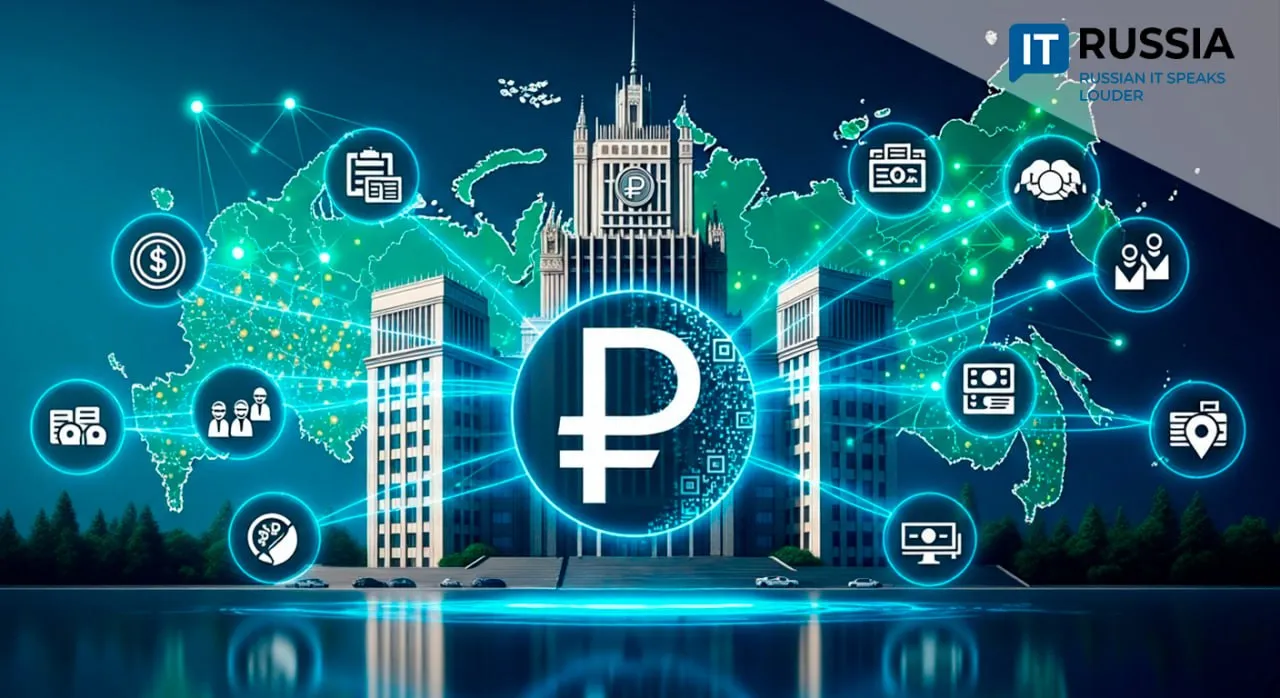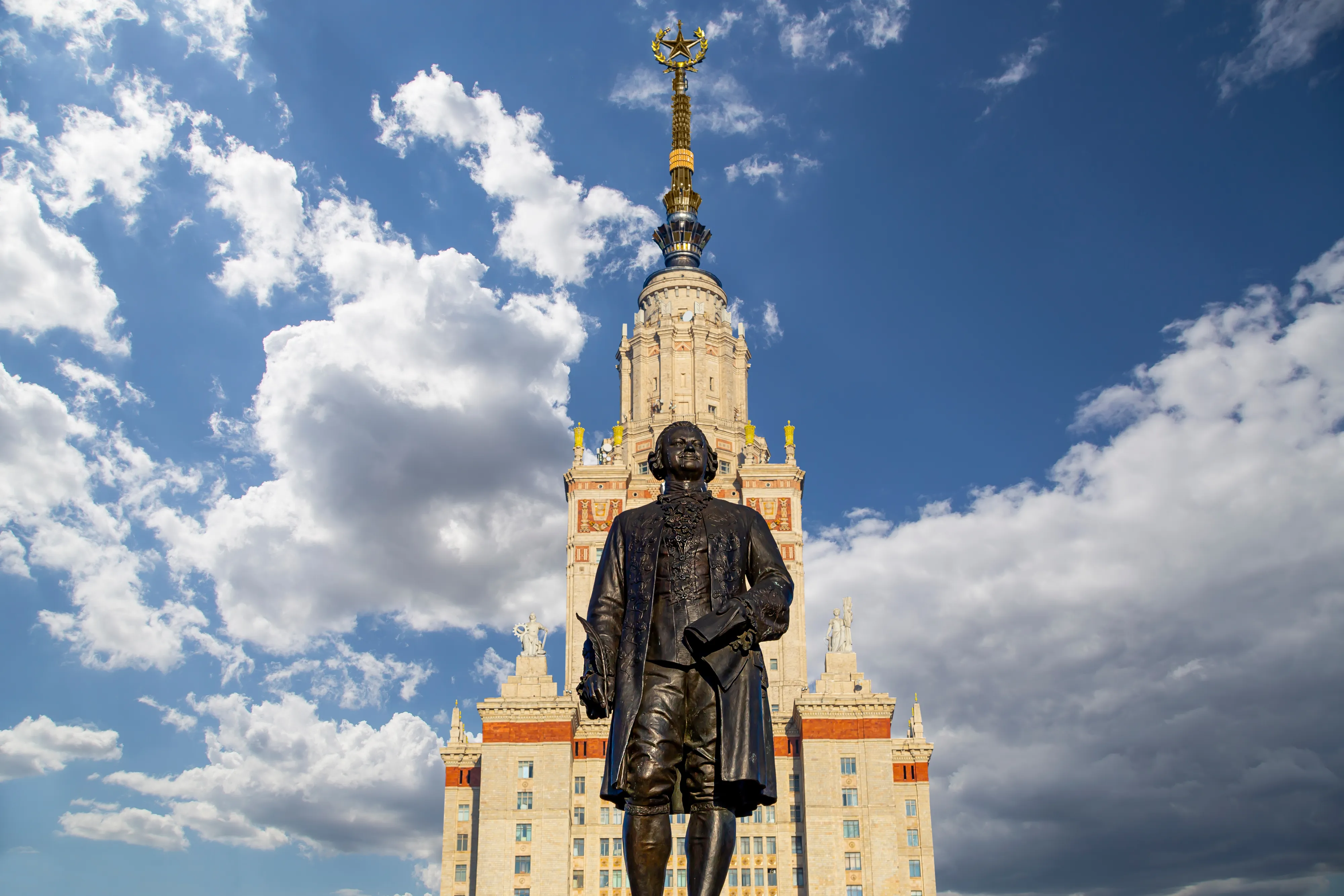AI Closes the Deal: How Technology Is Reshaping Russia’s Real Estate Market

Applying for a mortgage in Russia no longer feels like a bureaucratic maze. Increasingly, Russians are taking out home loans entirely online.
From Moscow to the Far Corners
According to DOM.RF Bank, over 96% of all mortgages issued since the beginning of the year were processed digitally. In 47 regions across the country—including remote territories in Siberia, the Arctic, and the Far East—the figure reached 100%. One of the standout examples of this digital transformation is the Murmansk Region, where the bank now processes all property loans online.
“DOM.RF Bank now offers several tools that allow users to complete real estate transactions entirely remotely,” said Nikolai Kozak, Deputy Chairman of the Board. “These include online applications via QR code through the Gosuslugi digital ID system, biometric account opening, contract signing using the free Goskey digital signature, online registration with the Federal Service for State Registration (Rosreestr), and more.”
Digital mortgages have become the new normal for both government and banking services, reflecting the maturity of Russia’s digital infrastructure.

From Pilot to Standard
Just a few years ago, applying for a mortgage meant collecting documents, meeting bank managers in person, and waiting days—sometimes weeks—for approvals. Today, users don’t even need to fill out a form to submit a request. This is possible thanks to DOM.RF Bank’s integration with national platforms like Gosuslugi, the Unified Housing Information System (EHIS), Rosreestr, and the digital signature system.
Back in 2023, the bank incorporated AI into its processes: automatic recognition of shared-equity construction contracts, real-time credit checks, and automated property evaluations. By late 2024, over 75% of mortgage applications were submitted via digital ID profiles. By mid-2025, that figure had approached 100%. In the Murmansk Region, Rosreestr registers nearly 97% of mortgage transactions within a single business day.

Fearless and Connected
Murmansk’s example proves that fintech digitalization is thriving even in Russia’s sparsely populated regions. The myth that advanced technologies only work in major cities has been thoroughly debunked. These successes also reflect the deep integration of government and commercial systems—from Gosuslugi and Rosreestr to the banks themselves.
AI tools have boosted system stability, data security, and the speed of transaction processing. As a result, public trust in digital services has grown: more people now feel comfortable signing major financial agreements not at a bank or government office, but right from their smartphone. Process automation also helps equalize access to financial products, regardless of a person’s location.
No Turning Back
Finance is one of the key drivers of Russia’s digital economy. The upcoming introduction of the digital ruble, expected between 2026 and 2027, could give the sector an even greater boost. The currency promises instant settlements between developers, banks, and buyers.

Experts predict that within the next 2–3 years, paper-based mortgages will become rare exceptions, with digital loans accounting for 99% of all deals. This rapid digitalization raises the bar for both bank and municipal employees. Sberbank, for example, now requires its staff to have basic AI literacy as a job qualification.
Russia’s digital ID and secure transaction technologies are also gaining traction abroad, particularly among BRICS and EAEU countries. These solutions could easily be adapted for other markets looking to modernize their housing finance sectors.
Murmansk—located beyond the Arctic Circle—has shown that readiness for change matters more than geography. And that readiness is what drives Russia’s digital economy forward.









































